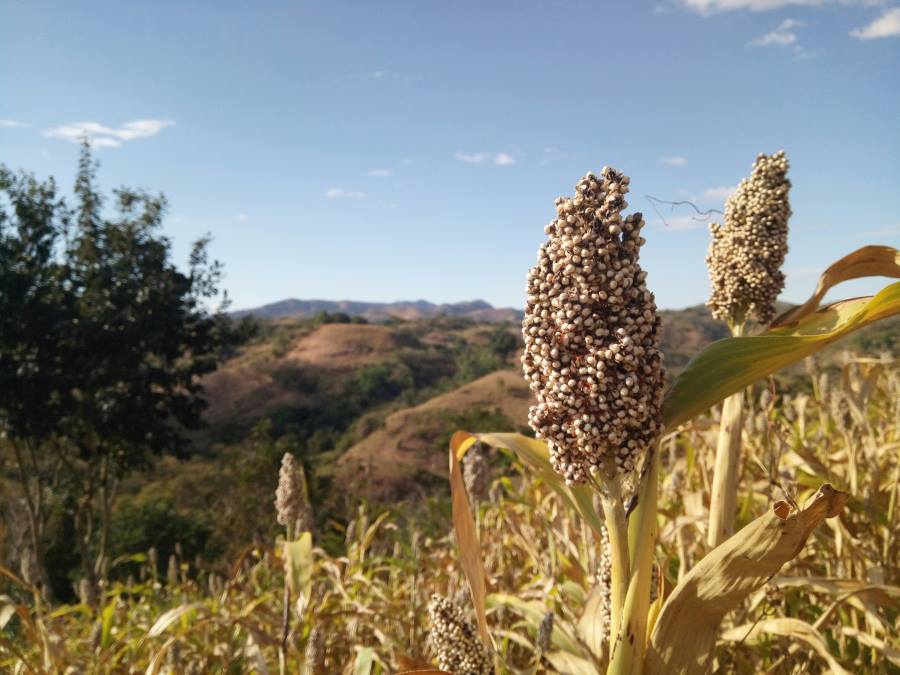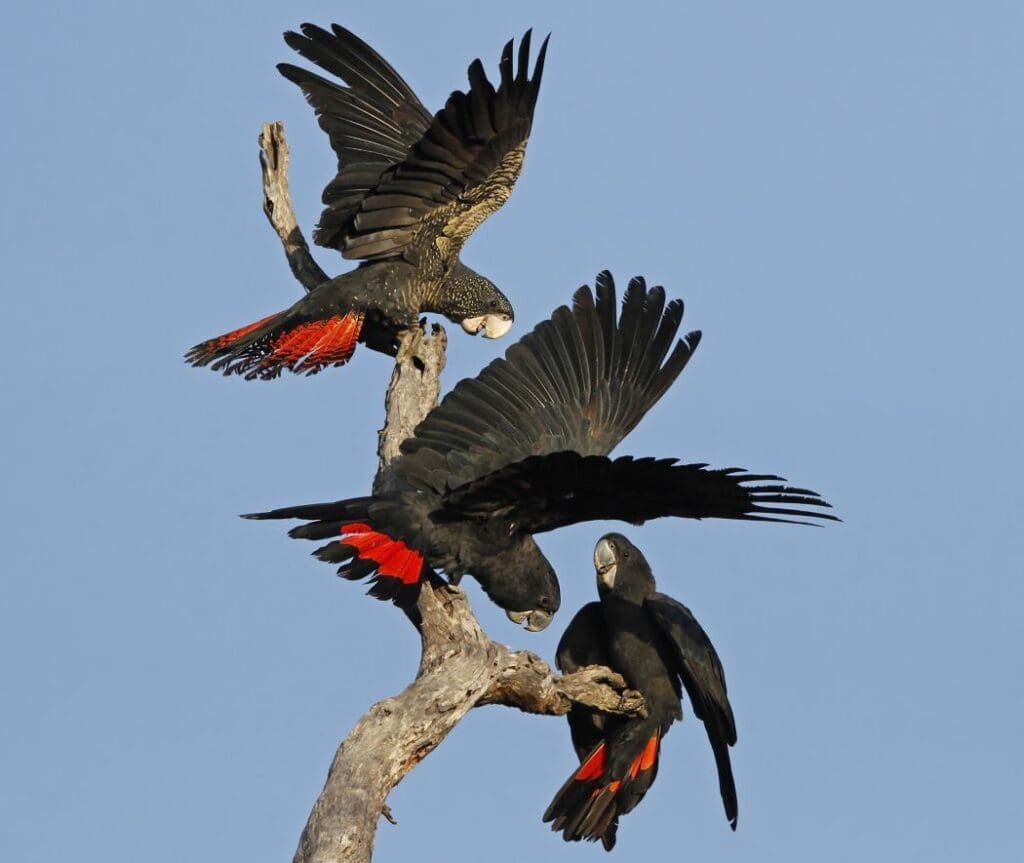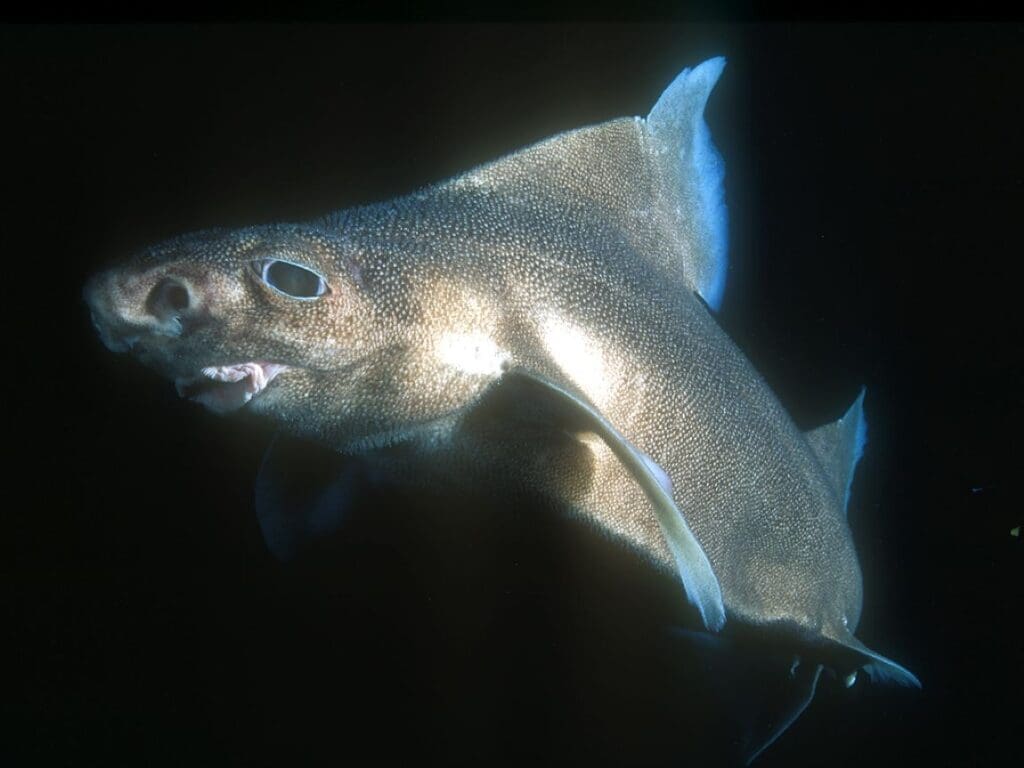Summary:
Sorghum, one of the world’s oldest grains, may soon become a cornerstone of future farming in Europe and beyond, thanks to a scientific leap that unlocks its genetic potential.
A new study published in a special issue of Physiologia Plantarum details a powerful combination of resources —a massive sorghum seed biobank and a precision gene-targeting technique called FIND-IT — that enables plant breeders to identify valuable genetic variants with unprecedented speed.
Developed through a collaboration between the University of Copenhagen, the Carlsberg Research Laboratory, and the University of Queensland, the project has produced the largest collection of sorghum mutants to date — 150,000 genetically diverse plants — and a method to pinpoint beneficial traits within days, rather than years. This is a major advantage for a crop that has resisted conventional genetic modification methods like CRISPR.
Sorghum’s high nutritional value, resilience to drought and flooding, and low need for fertilizer make it a prime candidate for climate-resilient agriculture. Until now, the mechanisms behind these strengths remained elusive, limiting its broader adoption. With FIND-IT and the new seed library, researchers can rapidly develop improved varieties suited for both northern Europe and regions facing extreme climate stress, offering hope for a more adaptable, sustainable future in global agriculture.

Ancient grain has huge climate potential and could play a key role in Europe’s future
Sorghum is one of the world’s oldest grains and possesses many traits that can benefit food security, climate resilience, and biodiversity. However, the mechanisms behind these traits have long remained a mystery to researchers, which has hindered efficient cultivation. Now, a new technique and a biobank – developed in collaboration with the University of Copenhagen – have made research and breeding possible at an unprecedented pace, paving the way to an effective crop in both the Global North and South.
It is rich in plant proteins, fiber and minerals – and naturally gluten-free. Sorghum is also more efficient in its use of soil nitrogen, reducing the need for fertilizers – which benefits both climate and biodiversity. Moreover, it can withstand both drought and floods. The sorghum plant, also known as durra, boasts a long list of qualities.
Indeed, there are many reasons why sorghum has been attracting more and more attention from researchers and industry alike, who see great potential for sorghum in a future of increased climate change, drought frequency and flooding.
There’s just one problem: how it manages to do all this remains a mystery.
Now, a new technique called ‘FIND-IT’ can efficiently identify new mutations in specific genes within large seed collections, offering hope for the plant’s potential to be unlocked. Along with a newly established large seed collection, the researchers behind the project expect that crop variants capable of being cultivated effectively in both northern and southern latitudes can be developed in record time.
Sorghum is naturally resistant to genetic transformation. Even modern genetic tools like CRISPR and GMO, which typically allow for more precise and rapid genetic modifications than traditional breeding, have limited effectiveness in sorghum.
This poses a challenge for developing agricultural traits in the plant since traditional breeding takes a long time. However, these new research resources create a completely new opportunity.
“The project has provided us with a larger haystack – almost literally – in the form of a comprehensive collection of sorghum plants and their seeds, one that represents nearly the entire genetic variation of sorghum. At the same time, with ‘FIND-IT,’ we’ve acquired a technique that makes it possible to quickly and efficiently find the needle in the haystack – in the form of the variants in specific genes that we suspect to be crucial for the plant’s traits,” says Associate Professor Nanna Bjarnholt from the University of Copenhagen Department of Plant and Environmental Sciences.
Great potential in both Europe and the Global South
Sorghum is already one of the most important crops in the Global South – particularly in Central and Southern Africa. At the same time, there is significant potential for the cultivation of sorghum at European latitudes.
“In Europe, we can greatly benefit from sorghum’s high nutritional content and resilience to challenges such as drought. With these new resources, we now have the opportunity to develop an efficient sorghum crop that is both optimised for European growing conditions and capable of producing seeds with a favourable nutritional composition and desirable properties for the production of new plant-based foods,” says Professor Birger Lindberg Møller, also from the Department of Plant and Environmental Sciences at the University of Copenhagen.
“At the same time, this provides a strong foundation for developing improved varieties that can be cultivated more efficiently further south, for example in sub-Saharan Africa, where the need for drought resistance and optimal utilisation of soil nutrients may become even more critical.”
The researchers already have several leads that they are eager to pursue for unlocking the plant’s potential.
“Specifically, we have identified a number of candidate genes in the plant that we believe may be linked to drought resistance, as well as other important qualities in sorghum. We can now put these ideas to the test. Likewise, other researchers can build on this work for their own studies of the plant. There are good grounds for optimism, as we know that sorghum has enormous potential,” says Nanna Bjarnholt.

The right soil, the right technique – and the right connection
Researchers at the University of Copenhagen and the Carlsberg Laboratory have provided expertise on the sorghum plant and the selection of the right gene variants from a vast collection of 150,000 seed variants. They have also served as a link to the practical know-how of researchers in the hot and dry state of Queensland, Australia, who are experts in cultivating plants under stressed soil conditions.
Both the new seed collection and the technique have been made available to other researchers, opening the door to sorghum research at a new scale.
Together, they represent a major research resource, as the vast collection of variants can now be rapidly screened for specific genes. This is achieved by dividing the collection into smaller groups and narrowing down the search using PCR tests – as we know from COVID-19 testing – on each group to identify the correct DNA sequences. The method has dramatically increased the number of variants that can be effectively studied durinhg research.
“We are already witnessing great interest from research communities around the world. Though we have studied the plant for many years, it remains mysterious. There is still so much that we don’t know about it and why it carries the traits it does. Nevertheless, there is a growing awareness in many places that this plant has tremendous potential,” says Nanna Bjarnholt.
Facts: Sorghum’s many qualities
Climate and Biodiversity: The plant is exceptionally efficient in utilizing soil nitrogen, potentially reducing the need for fertilizers → lowers CO2 and other greenhouse gas emissions + helps preserve biodiversity by reducing waterway pollution.
Food Security: Rain, heat and drought resistance can help secure crops in a future with more frequent droughts, extreme temperatures and floods caused by climate change.
Health: High in protein, fiber, and antioxidants. Naturally gluten-free, it is beneficial for people with gluten intolerance – used in flour for bread, beer and many other products. Its slow-digesting starch leads to gradual carbohydrate absorption → stable blood sugar levels.
The research resources
The fields sown with sorghum were cultivated and harvested in Queensland, and the seeds were collected in a biobank that broadly covers the plant’s full genetic diversity. This enables far more efficient research, as the plant’s full potential is more comprehensively represented compared to smaller collections – making it easier for researchers to identify specific genes linked to desirable traits.
The technique used to cultivate the many variants is an older method in which the plant undergoes natural mutation through a chemical reaction. As a result, it is not subject to the EU’s GMO regulations, meaning that these variants can be approved as crops in Europe without restriction.
To search for genes within the seed collection, researchers use a new method developed at the Carlsberg Laboratory. This involves dividing the sorghum seed collection – each variant with different genetic compositions – into smaller groups, which are then sown in different field plots. From these plots, seeds from each plant are collected, mixed together, and their DNA is extracted in a single sample.
Using a highly sensitive PCR test – similar to those used for COVID-19 testing – researchers can search for specific DNA sequences across entire field plots, significantly narrowing down the search instead of having to analyze each plant individually.
“We can break down the notorious haystack into smaller sections and identify where the needle is hidden. This makes the process much simpler and far more efficient. It saves time and resources and ultimately allows us to study 150,000 individual plants – and thus a much larger number of gene variants – rather than being limited to just a few thousand, as was previously the case,” explains Søren Knudsen from the Carlsberg Laboratory.
New knowledge could be a win-win for maize and sorghum
Research in coming years will help decipher the secrets of sorghum. Its traits can be enhanced through breeding, and we will gain a better understanding of the optimal conditions for its cultivation. However, new knowledge could also allow some of its characteristics to be understood well enough to transfer them to other plants – something researchers are hopeful about. Maize is a prime example of this.
“Sorghum is closely related to maize, but is far more resilient to drought and has a shorter maturation period, which is crucial, especially at northern latitudes where summers are short. However, it is less tolerant of cold. In the best-case scenario, the research now underway could benefit both crops: maize plants with shorter maturation times and improved drought resistance, and sorghum crops that can withstand cold the way maize can,” says Associate Professor Nanna Bjarnholt.
Maize is currently grown in Denmark and can be planted relatively early in cold soil. However, its maturation period under these conditions is so long that the cobs often do not fully develop, meaning the crop is used mainly as animal feed. Sorghum, on the other hand, matures quickly, but still lacks cold-tolerance, resulting in a growing season that is still too short to produce seeds in northern Europe.
Journal Reference:
Mason, P.J., Blaakmeer, A., Furtado, A., Stuart, P.N., Nomula, R., Bjarnholt, N. et al., ‘Harnessing the Power of an Extensive EMS-Induced Sorghum Population for Rapid Crop Improvement’, Physiologia Plantarum 176 (4), e14449 (2024). DOI: 10.1111/ppl.14449
Article Source:
Press Release/Material by Faculty of Science | University of Copenhagen
Featured image credit: Azhar feder | CC BY-SA 3.0 via Wikimedia Commons




